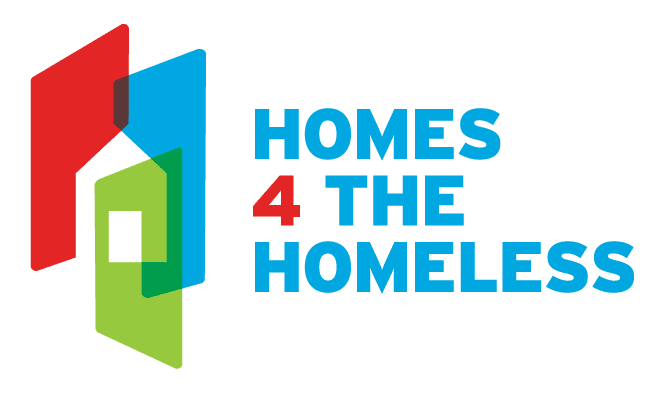Laws That Target Survival Are Fueling Mass Incarceration and Worsening the Housing Crisis Instead of Solving It
“They came in, woke us up, and locked us up. I did 30 days in jail… for being homeless,” explained one struggling mom in a heart wrenching interview.
For the saddened mother, that 30-day stint in jail meant missing out on an opportunity to obtain housing, incurring a criminal record that presents more barriers to renting and employment, and also losing opportunities to aid her autistic son.
Amid the sentence, she lost all of her possessions, including her identification, which she would need to get back on her feet.
Her story is a common tragedy, sung to the tune of the more than 300 new anti-homeless laws that have been introduced since the Grants Pass decision. Unsheltered people are rapidly becoming fodder for the prison-industrial complex, and now there are numbers to prove it.
2025 statistics presented by the Jail Data Initiative reveal a horrifying truth: more than 205,000 unhoused people are booked into jails each year. For the most part, their perceived crime is living on the streets, without a place to call home.
Homelessness is Not a Crime. Surviving It Is.
Disingenuous politicians scoff when advocates accuse them of criminalizing homelessness.
“Homelessness is not a crime,” they often say.
Technically, they’re right: you can’t be arrested just for lacking a home. But you can be arrested for the everyday, unavoidable things that come with not having one — sitting down to rest, lying on a bench, sleeping in a tent, using the restroom outdoors when no facilities are available, or keeping your belongings with you.
These laws don’t target criminal behavior. They target survival. And by punishing people for doing what anyone must do to stay alive, they carry forward a long history of discriminatory policies that stain the very idea of justice.
Startling Trends: Approximately One Fourth of the PIT Count Population Went to Jail This Year
According to the federal government’s Point-in-Time (PIT) Count, about 771,000 people are visibly homeless on any given night in the United States. Using that as a baseline, the new jail data reveals a staggering statistic: one out of every four of those people will spend time in jail within a year.
Think about that for a moment. If a quarter of any other population — say college students, retirees, or veterans — were jailed every year, it would dominate the news cycle and spark a national outcry. Yet when it happens to unhoused people, it barely makes a ripple.
Further scrutiny of the data reveals all of the following injustices:
- Homeless people are imprisoned for longer stays and sentenced more frequently for lower-level crimes.
- When compared to their housed peers, they are much more likely to be jailed for non-violent offenses.
- They are less likely to be in jail for charges classified as violent acts.
- Nearly half of imprisoned homeless people, 40% to be precise, are booked more than once, primarily for “crimes” related to survival, such as public order disturbances, property charges, or trespassing.
- Even within the unhoused population, some minority groups are more likely to be jailed than others. For example, homeless senior citizens and homeless black people face even higher risks of incarceration than their homeless peers.
Local Jail Data Only Tells Part of the Story
The 205,000 figure is only part of the picture. It comes from 900 local jails—just one-third of all jails and prisons in the U.S. This means the true number of unhoused people being locked up each year is almost certainly far higher.
Even with this limited snapshot, the data makes one thing clear: unhoused people are jailed at disproportionate rates and make up a significant share of the overall prison population.
In a one-on-one conversation with Invisible People reporters, Richard Rosario, who is a Trauma Response and Emergency Preparedness Specialist for Philadelphia’s Department of Behavioral Health and Intellectual Disabilities Services (DBHIDS), drew from personal experience.
Rosario was once a homeless youth, cycling aimlessly through the foster care system and the juvenile detention system and ultimately ending up on the streets as a teen. Today, he is housed and has dedicated his life and career to aiding homeless and vulnerable populations.
He stresses that incarceration is never the answer. Homelessness, he says, is a preventable crisis rooted in misplaced values: “If we value people over property, we will start to see an improvement. We have to prioritize housing first.”
Rosario points out how the system spends money to place children in foster care when they are in an impoverished environment, even when most would rather remain with their families.
“Pulling them out of their homes and down a path that often leads to incarceration is counterproductive,” he said. “The lens should shift to provision, support, connecting people with resources, and taking a housing first approach. Nobody should be going to jail because they fell through the cracks in our social system.”
We Are Moving Backward in Our Approach to Homeless Legislation. Tell Your Local Representatives.
Criminalization of homelessness continues to rise, and now the bookings are matching the books. We will never arrest our way out of homelessness. As proof of this statement, more homeless people are going to jail, more anti-homeless laws are being drafted, and homelessness has drastically increased.
Tell your local legislators that there is a shortage of more than 7 million affordable homes, and too many people are falling through the cracks and winding up in jail instead of in housing.
